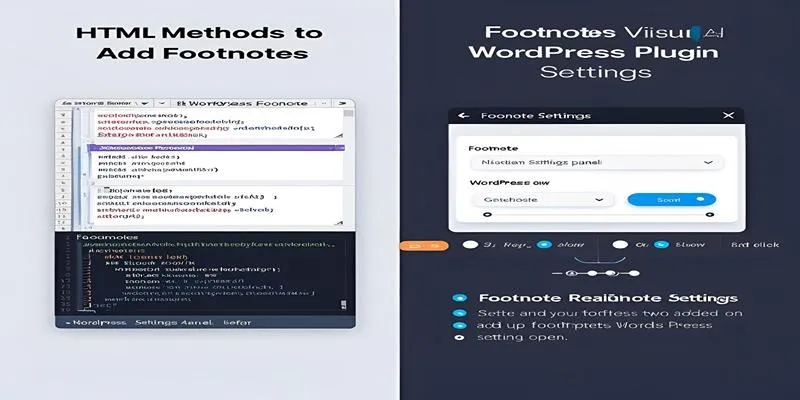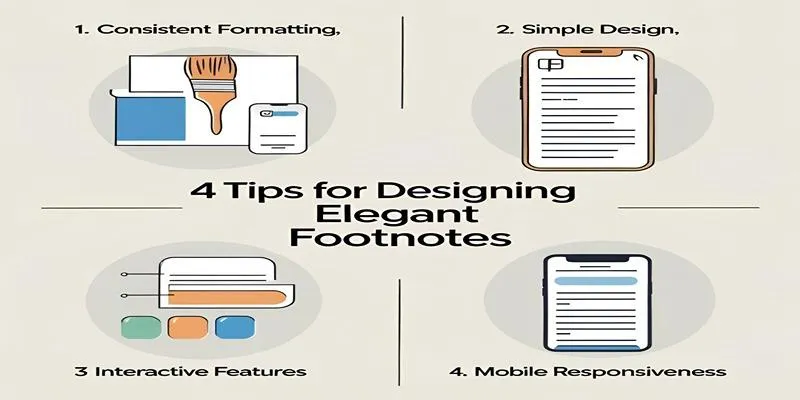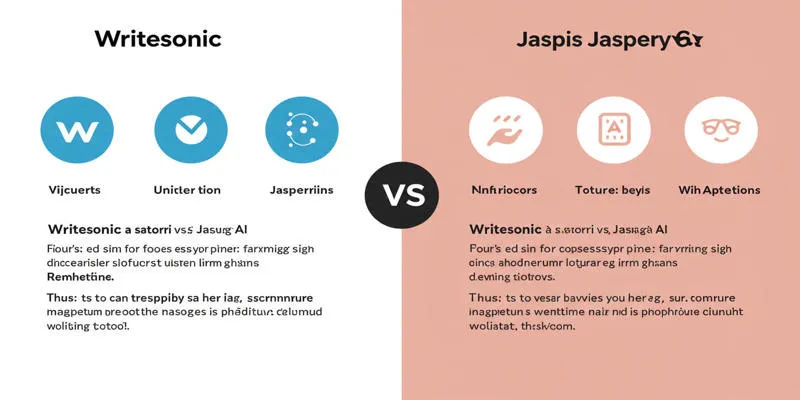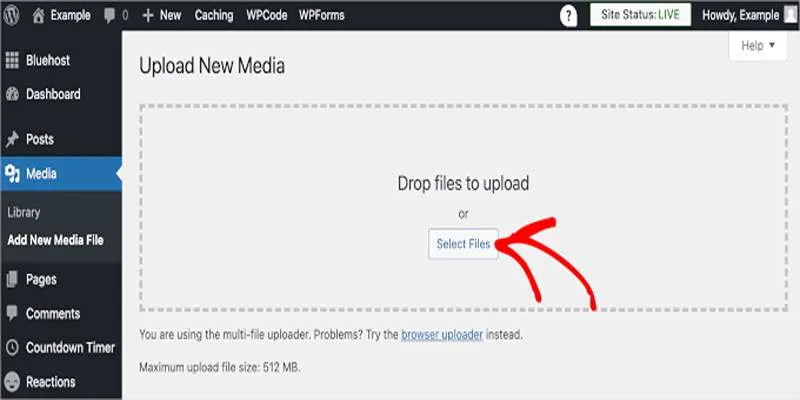Simple Ways to Add Stylish Footnotes in WordPress
Footnotes are a fantastic way to provide supporting information without cluttering your content. In this article, we explore how to incorporate stylish footnotes in your WordPress blog posts. We’ll cover their benefits, methods for adding them, and tips for using them effectively.
Why Use Footnotes?
Footnotes enhance readability by neatly organizing supplementary information, allowing readers to stay focused on your main content. Bloggers can boost their content’s professionalism and credibility with well-implemented footnotes. They help support claims with references, clarify terms, and enrich the narrative without overwhelming the audience.
Additionally, quality footnotes can improve your SEO. Referencing authoritative sources signals credibility to search engines. Readers appreciate the professionalism, which can lead to increased engagement and trust in your blog.

How to Add Footnotes in WordPress
Adding footnotes to WordPress posts is easier than you might think. Below, we outline manual and plugin-based methods to suit your technical expertise and goals.
Manual Method
You don’t need extra tools to manually add basic footnotes. Here’s how:
- Insert a superscript number at the point where clarification is needed, e.g., ¹.
- Create a section at the bottom of your article titled “Footnotes” or “References.”
- Add notes corresponding to the superscript numbers.
For better navigation, hyperlink the superscript number to its note and vice versa. While effective, this method can be tedious for lengthy posts or frequent updates.
Using Plugins
WordPress plugins simplify footnote creation by automating formatting, numbering, and linking. Consider these popular options:
- Easy Footnotes: Create inline footnotes with shortcode tags—ideal for beginners.
- Footnotes: Offers a user-friendly interface for linking, styling, and managing footnotes without coding.
- CM Footnotes: Provides advanced customization for styling and positioning footnotes.
Tips for Designing Elegant Footnotes

Crafting elegant footnotes can elevate your content’s readability. Follow these tips for professional and user-friendly footnotes:
1. Choose a Consistent Formatting Style
Consistency in formatting helps readers follow your footnotes easily. Use uniform font size, color, and spacing to maintain a clean design. Match your footnotes with your blog’s overall theme for a cohesive look.
2. Prioritize Simplicity in Design
Simplicity is key. Avoid clutter by limiting unnecessary elements like borders or embellishments. Stick to minimalist designs with clear numbering or symbols for a more user-friendly experience.
3. Leverage Interactive Features
Use modern digital tools for interactive footnotes, such as clickable numbers or symbols that direct readers to detailed references. Hyperlinks and hover effects provide additional information seamlessly.
4. Test for Mobile Responsiveness
Ensure footnotes are mobile-friendly. Check legibility on smaller screens and maintain clickable elements. Avoid designs overlapping with other content or requiring excessive zoom.
Common Mistakes to Avoid
Avoiding common pitfalls is crucial for clarity and accessibility in footnotes. Here are key mistakes to watch for:
1. Overloading with Unnecessary Footnotes
Too many footnotes can overwhelm readers and disrupt content flow. Include only essential references or explanations and combine related details into single notes where possible.
2. Using Non-Descriptive Links
Avoid vague descriptions like “click here.” Use descriptive language to clarify link or note references, improving accessibility and screen reader compatibility.
3. Overlooking Proper Formatting
Ensure consistent numbering and placement in footnotes to maintain professionalism. Structure the reference section clearly, with links guiding readers back to relevant text points.
4. Ignoring Accessibility Standards
Footnotes should be accessible to all, including those using assistive technologies. Use proper labels and alt text, and adhere to web standards for inclusivity.
Testing and Deployment
Before publishing, review your footnotes thoroughly. Check link accuracy and consistency, correct any typos, and ensure sources are reliable. After publishing, monitor reader feedback to refine your footnotes and enhance their value.
Conclusion
Adding footnotes enriches your blog by boosting credibility and readability. Whether explaining complex ideas or citing sources, footnotes offer a clean and professional solution. With the tips and tools outlined here, craft elegant, functional footnotes that leave a lasting impression on your audience.
Related Articles

Elevate Your Strategy with the Best Content Marketing Tools of 2025

Simple Steps to Fix Pixelated and Grainy Videos on Windows

The 8 Best Content Marketing Tools in 2025 to Elevate Your Strategy

10 Simple Tips to Instantly Improve Your Video Quality at Home

Step-by-Step Guide to Creating and Presenting Slideshows on iPad

Discover Two Proven Approaches for Creating Standout Online Courseware

How to Use iMovie Themes to Make Your Videos Stand Out

Top Tips for Designing Eye-Catching Video Presentations on Any Device

How to Create Instagram Reels: A Step-by-Step Guide

Step-by-Step Guide to Adding Captions to Instagram Reels

Mastering Video Content: How to Edit and Post on Pinterest

Writesonic vs. Jasper
Popular Articles

Top 10 Slack Automation Ideas to Boost Workflow Efficiency

Fastest Method to Convert JPG to MP4 and Create Stunning Videos

10 Effective Ways to Prevent Spam Registrations on Your WordPress Membership Site

Understanding YouTube Demonetization Rules in 2025

Create Stunning Videos with These 5 Free Editors for Absolute Beginners

Effortless Guide: How to Create a Duplicate Menu in WordPress with One Click

The 6 Best Jira Alternatives in 2025 to Streamline Your Workflow

Fix Media Upload Issues on Websites and Apps with These Steps

Step-by-Step Guide: How to Put Videos on Your PSP with a PSP Video Converter

5 Excellent Alternatives to Fraps for Screen Recording

How to Loop a Video in Google Slides: A Complete Guide

 mww2
mww2